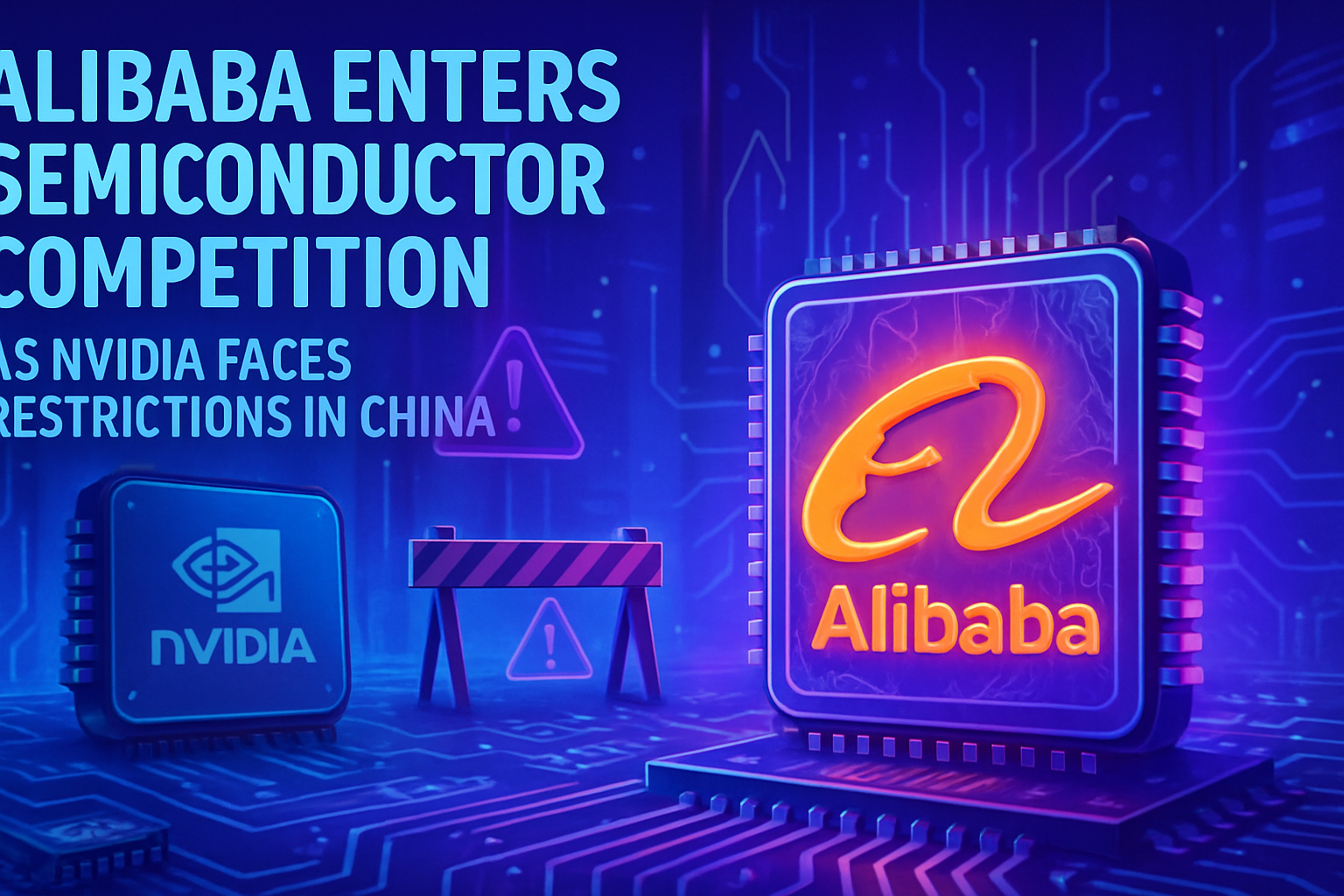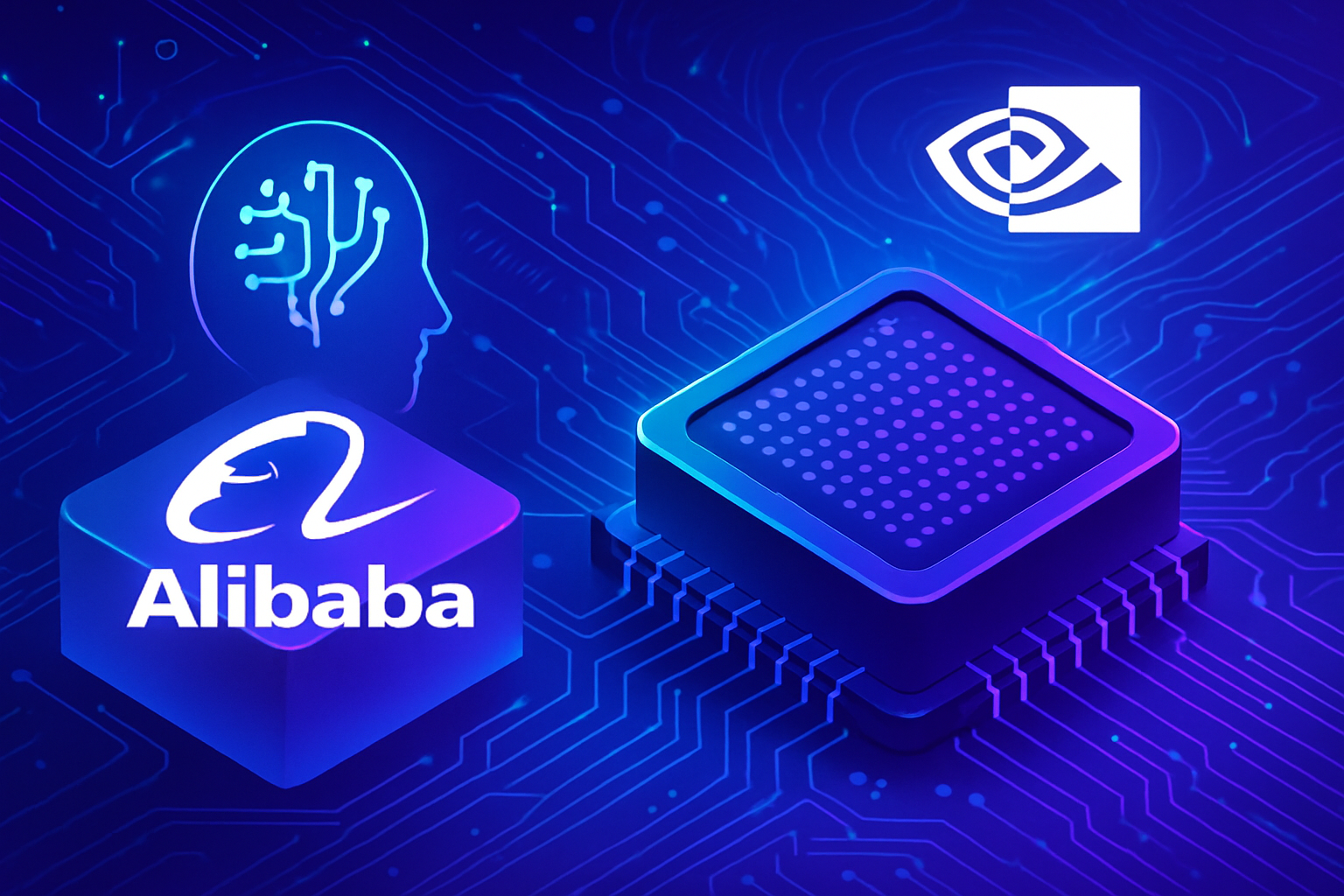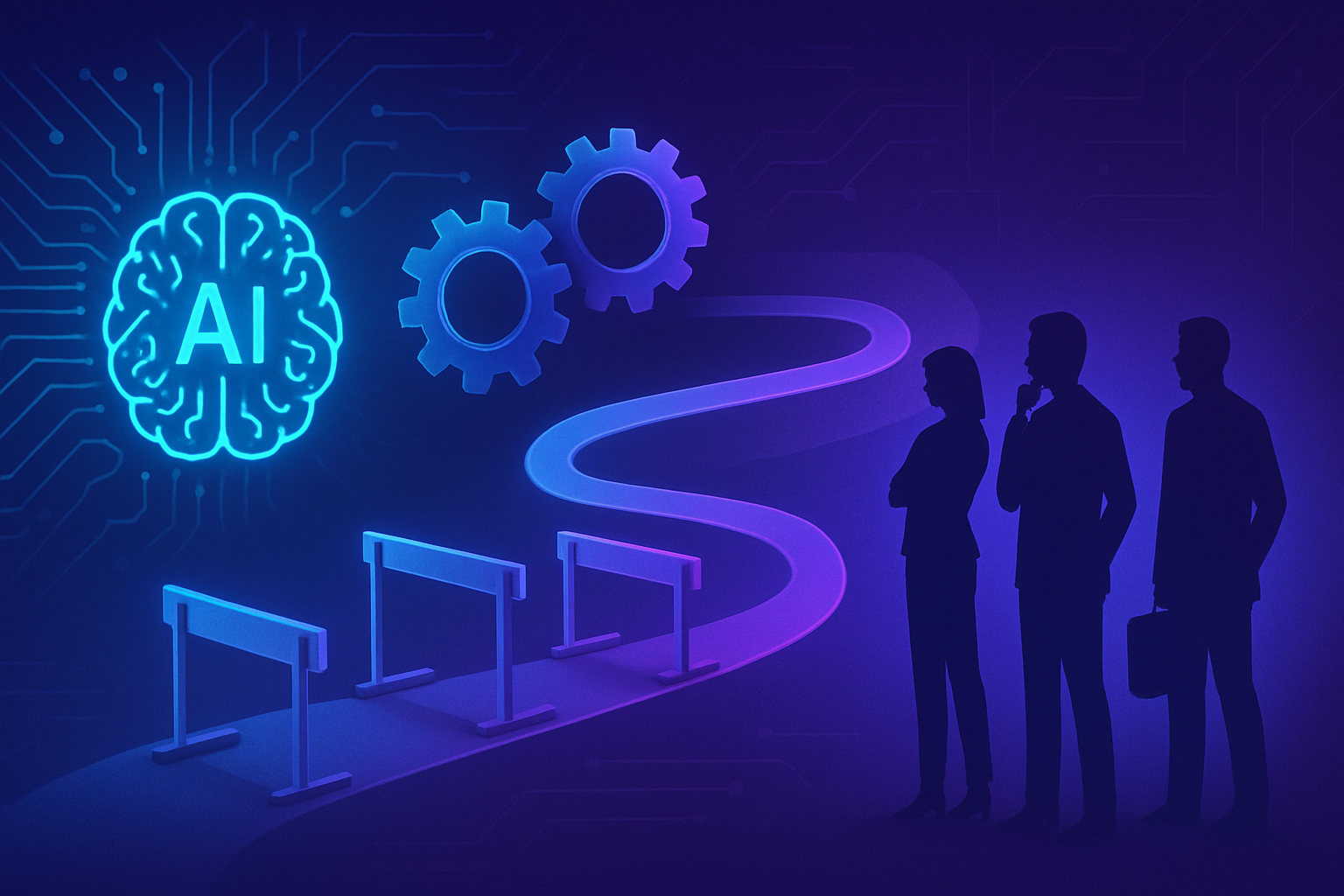Artificial intelligence is asserting itself as a vector of transformation in the design of autonomous underwater gliders. Unprecedented shapes are emerging, challenging established conventions. The combination of machine and biology opens fascinating perspectives in the field of ocean exploration. Models generated by AI optimize efficiency and sustainability in marine environments. Technological innovations are revolutionizing the tracking of ocean currents. Through advanced simulations, these devices become more agile and adaptable to the complexities of aquatic ecosystems. Research is redefining underwater performance standards.
Artificial Intelligence and the Design of Underwater Gliders
Scientists from MIT, in collaboration with the University of Wisconsin-Madison, are revolutionizing the design of autonomous underwater gliders. Their innovative approach combines artificial intelligence and physical simulation to develop more efficient and varied models.
Design Optimization
Diverse shapes of marine animals, such as fish and seals, inspire the modulation of machines. Their morphology is designed to optimize hydrodynamics, allowing for long-distance travel while minimizing energy. Conversely, autonomous gliders have traditionally adopted designs similar to tubes or torpedoes, limiting their potential.
Researchers at MIT are considering the use of AI to test 3D models in a physics simulation. This method allows for the creation of more innovative hydrodynamic shapes while requiring less energy during production, particularly through 3D printing.
Models and Simulation
The process begins with the analysis of more than 20 models of conventional marine shapes, such as submarines and sharks. Researchers surround these models with “deformation cages“, allowing them to generate new shapes by manipulating articulation points.
The deformed configurations are then subjected to simulations to evaluate their performance at different angles of attack. This involves determining the best evolution dynamics of a glider in water, establishing an optimal lift-to-drag ratio.
The Role of the Neural Network
Researchers have designed a neural network that models the behavior of gliders in response to underwater physics. The objective is to maximize the lift-to-drag ratio. A high ratio means better displacement efficiency, while a lower ratio indicates increased resistance.
Niklas Hagemann, a researcher at MIT, emphasizes the importance of this ratio for navigation. “This pipeline alters the shapes of gliders to achieve the best lift-to-drag ratio, optimizing their performance in aquatic environments,” he states.
Real-World Testing and Underwater Performance
To validate the results of their simulations, scientists have manufactured a two-wing glider, mimicking a small airplane. This prototype was subjected to tests in the Wright Brothers wind tunnel at MIT, where the measured performances revealed substantial agreement with the simulated predictions.
Tests in the immersion of underwater models have also proven successful, highlighting lift-to-drag ratios superior to those of a traditional glider. The new designs operate with an efficiency that rivals that of marine creatures.
Future Perspectives
Though the project has made significant advances, researchers aspire to reduce the gap between simulated performance and that observed in the real world. This facilitates their adaptation to sudden variations in ocean currents, increasing their flexibility.
Chen, co-leader of the project, envisions even finer and more efficient shapes. The team is working to enhance their process, integrating new features to further customize the machines and potentially develop miniature models.
The work of MIT and the University of Wisconsin is partially supported by a grant from DARPA, reflecting the growing interest in a new kind of glider capable of effectively integrating scientific tools for marine observation.
Common FAQ
How does artificial intelligence improve the design of autonomous underwater gliders?
Artificial intelligence allows for testing various 3D designs in physical simulators, thereby optimizing their shape to achieve a better lift-to-drag ratio, increasing their efficiency.
What are the advantages of autonomous underwater gliders compared to traditional models?
Autonomous underwater gliders, thanks to their AI-assisted design, consume less energy and can navigate more efficiently by taking into account various angles of attack.
What type of data can these autonomous gliders collect?
They can measure characteristics such as water temperature, salinity levels, and gather information on ocean currents and the impacts of climate change.
Can autonomous underwater gliders adapt to changing maritime conditions?
Yes, researchers are working on models that incorporate technology to react to sudden changes in currents, making these gliders more adaptable.
What is the importance of the lift-to-drag ratio in glider performance?
The lift-to-drag ratio is crucial as it determines the glider’s efficiency: a high ratio means the glider can move more efficiently through water with less energy.
How do researchers validate the performance of AI-designed gliders?
Researchers test prototypes in environments simulating real conditions, such as wind tunnels, to compare the performance of the AI-predicted models with actual results.
What is the manufacturing process for underwater gliders?
Gliders are manufactured using 3D printers that utilize AI-optimized designs, thus reducing material and energy consumption compared to manual production.
What types of new glider designs are being explored thanks to this technology?
Researchers are exploring thinner and more diverse designs, as well as atypical shapes that have yet to be tested in the real world, which could further enhance glider efficiency.






